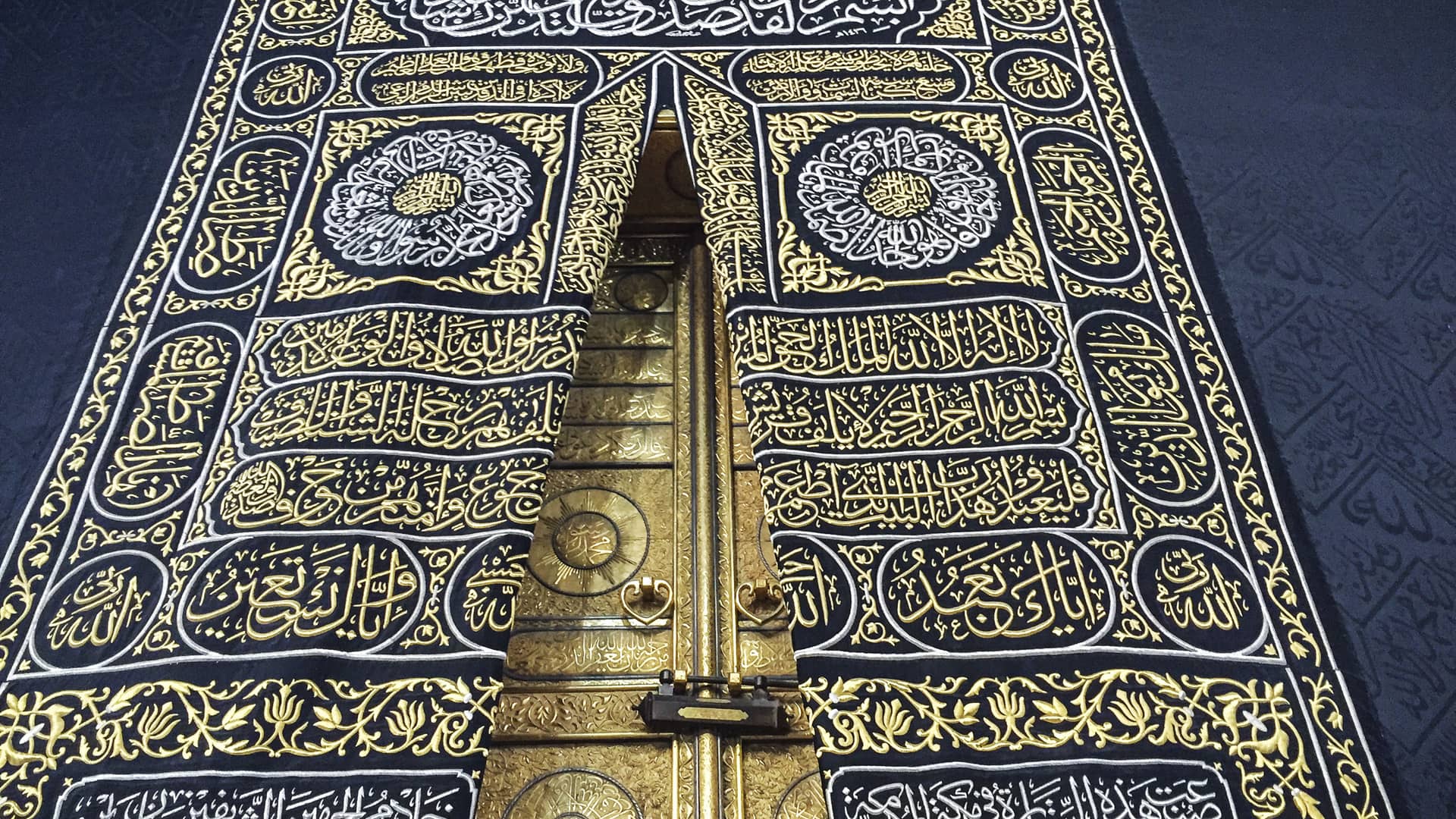Places to Visit in Makkah
Make the most of your spiritual journey to Makkah with side trips and excursions. Your tour operator will take you to sites along the pilgrimage route, such as Mina and Arafat.
Another must-see city is Madinah , the burial place of the Prophet Mohamed (PBUH) and the home of the magnificent Al Masjid An Nabawi – the Prophet’s Mosque.
Both cities offer a number of attractions and destinations to explore during your stay in the region.
Retrace the steps of Allah’s Messenger or explore destinations that deepen your understanding of Islam. With a group or on your own, whether you have an extra hour or a full day in the Kingdom, discover all of the things to see in Makkah with its many remarkable places.




















